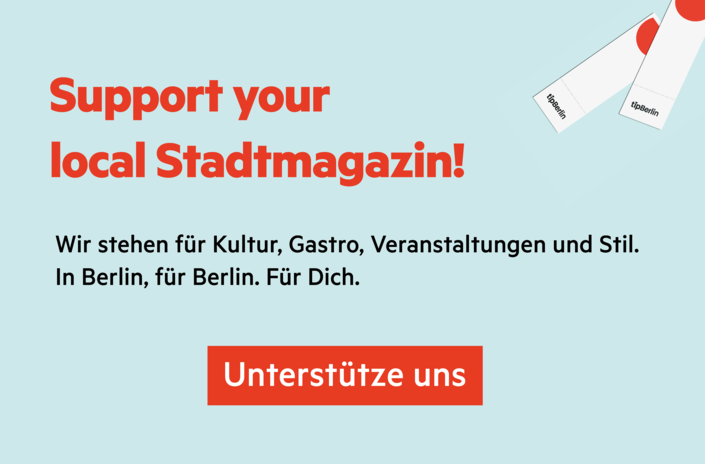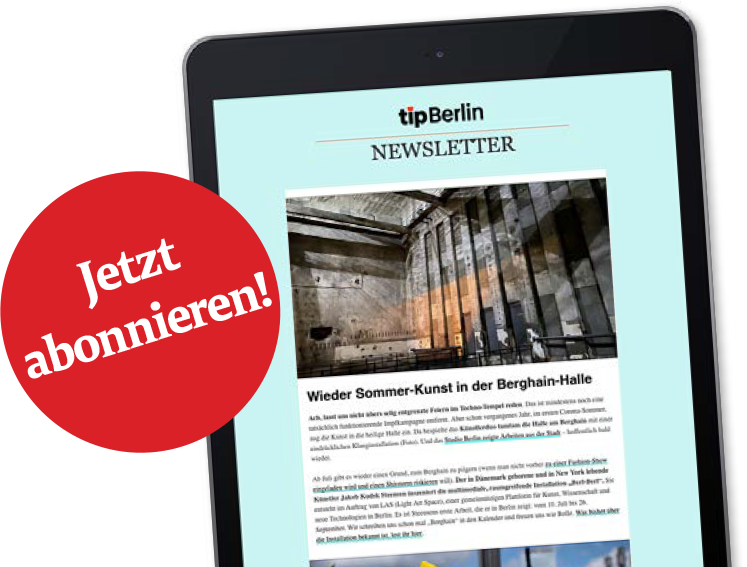Berlin’s Humboldt Forum, part of the Royal Palace reconstruction, is scheduled to open a year from now. Paul Sullivan checks in for an update.

The rebuilding of Berlin’s Royal Palace, symbol of Prussian power and long-term residence of the Hohenzollern dynasty, has taken long enough to build that much of the initial controversy and resistance to the project has given way to a grudging acceptance—if not outright enthusiasm in some quarters.
The tragi-comic timeline of the Berlin Brandenburg Airport has, of course, helped take the heat away from the Palace’s own issues and construction delays, not to mention its hefty €620 million price tag.
The design of the new Palace largely replicates the 18th-century version’s original dimensions and ornate facades, including Schlüter’s famous open courtyard, with a contrastively contemporary eastern (Spree) side. Inside this modern building will lie the Humboldt Forum, which will house the Ethnologisches Museum and the Museum für Asiatische Kunst, both formerly located in Dahlem: “a place of experience, learning, and encounter”, as the official press blurb goes.

In combination, the collections of these two museums alone will feature 20,000 exhibits from Asia, Africa, the Americas and Oceania, covering some 30,000 square meters. Additionally, the Humboldt University will have its own laboratory in the Forum, which will allow visitors to gain insights into scientific research, and there will be a daily program of events, temporary exhibitions, workshops, film nights, discussion panels, and concerts.
The exhibitions also promise to be reassuringly cutting edge, with multimedia presentations that span films, listening stations and digital research platforms, and a variety of exhibition stations with touch-screens and tablet areas that will help visitors conduct their own research, as well as plan their visit. On that note, a Cosmograph—a 20-metre-high, three-dimensional LED tower—will greet visitors in the main foyer, and serve as a guidance and orientation system. Images will also be projected onto the cupola in the Museum für Asiatische Kunst, and a wave field synthesis system in the Ethnologisches Museum will allow listeners to experience sounds from a wide variety of spaces, such as different arrangements of musical instruments.

Although the Forum won’t be open for another year, several exhibitions, permanent and temporary, are already being built, “Traces of History” combs through the history of the Schlossplatz, with some 36 ‘traces’ that recall historic events at the site. Included here will be twelve objects (from a detailed collection of 750, obtained from the city’s vaults) from the Palace of the Republic, including a floral wall relief made for the palace restaurant by the Meißen porcelain factory, two ice-cream cups from the milk bar, and the glass ballot box used for voting in the first and only freely elected people’s chamber of East Germany.
One of the main exhibitions scheduled for next year is “The World In Berlin, Berlin In The World”, a collaborative project with Kulturprojekte Berlin and Stadtmuseum Berlin, which looks at the capital’s role in relation to global history, from revolutions, borders and war, to entertainment, migration and…techno. In June this year, the steel door from renowned club Tresor, which once secured the safe of the former Wertheim department store, became the first exhibit.
Also in planning is an exhibition called “Against The Current, Francis LA Flesche and the Omaha”, which will showcase 60 objects from the everyday life of the Omaha—one of 573 federally recognised Native Nations in the United States located in North-eastern Nebraska and Western Iowa—based around the collection of indigenous ethnologist Francis La Flesche.

Paul Sullivan is a guidebook author, travel journalist and the founder/editor of Slow Travel Berlin. His words and images have appeared in The Guardian, BBC, Sunday Times Travel, The Telegraph, Nat Geo UK and more. He has lived in Berlin for 10 years.
[smbtoolbar]




